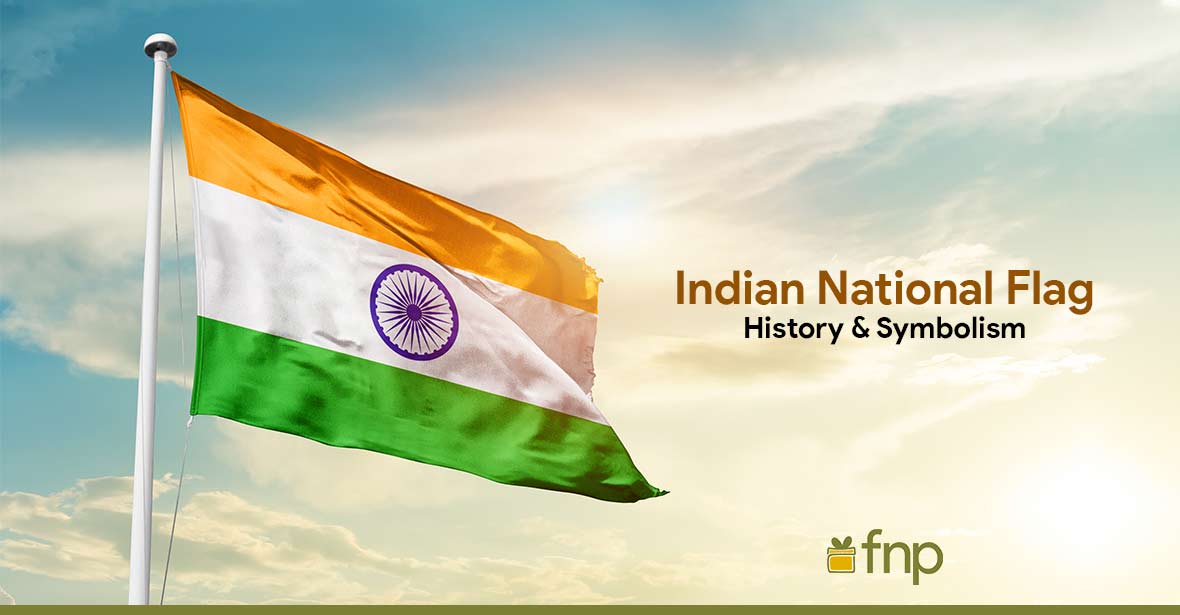Significance of the Indian National Flag
- Author: Anushka Published: 7th Aug, 2023
The Indian National Flag, known as the ‘Tiranga,’ holds profound historical importance as it represents the hard-fought struggle for India's independence. Unfurled on August 15, 1947, the day India gained freedom from British rule, the tricolour has since become a symbol of unity, courage and national pride. In this article, we delve into the history, design, code of conduct and other essential details that underscore the significance of the Indian National Flag. Let us explore why this emblem holds such immense importance in the heart of every Indian.

Design and Colours
The Indian flag was conceptualised by Pingali Venkayya, an Indian freedom fighter, and was later modified to its current form. It’s a tricolour, comprising three horizontal stripes of saffron (top), white (middle) and green (bottom). The saffron represents courage and sacrifice, the white symbolises peace and truth, while the green stands for prosperity and fertility. In the centre of the white stripe is the Ashoka Chakra, a navy-blue wheel with 24 spokes, which signifies progress and eternal life.
Code of Conduct
The Indian government has laid down a Flag Code that dictates the proper usage and display of the national flag. It emphasizes that the flag should be made of khadi (handspun cloth) and must never touch the ground or be used for commercial purposes. Besides, it should be hoisted from sunrise to sunset and flown atop government buildings, educational institutions and during national events. Displaying the flag upside down or defacing it is strictly prohibited.
National Emblem
The Ashoka Chakra, present in the Indian flag, is also the national emblem of India. It is an ancient symbol associated with Emperor Ashoka, a great ruler of the Maurya dynasty, who embraced Buddhism and promoted peace and tolerance. The chakra's 24 spokes signify the continuous movement of life and the relentless pursuit of progress.
Symbol of Unity
It’s not just a representation of the nation's independence struggle but also a powerful symbol of unity in diversity. The tricolour unites people from various regions, languages, religions and cultures, fostering a sense of patriotism and national pride.
The Indian National Flag stands tall as a symbol of India's sovereignty and is a reminder of the nation's journey towards progress and unity. Respecting and honouring the flag is not only a legal obligation but also a heartfelt expression of love and respect for the country..





